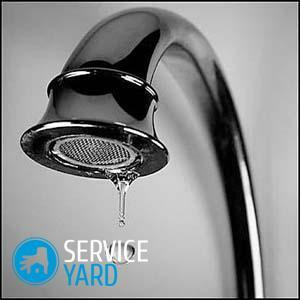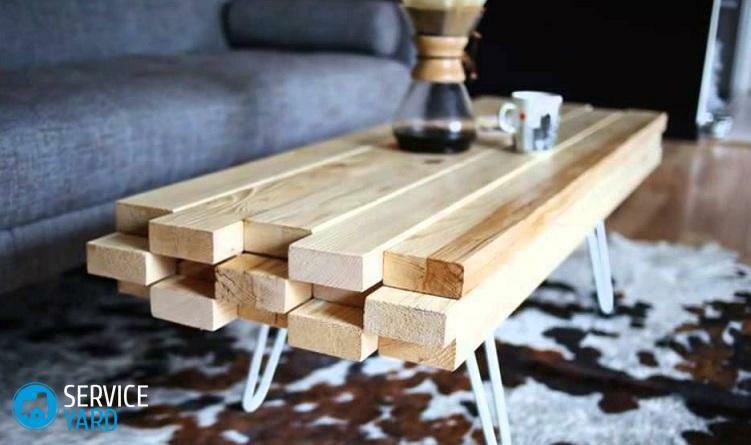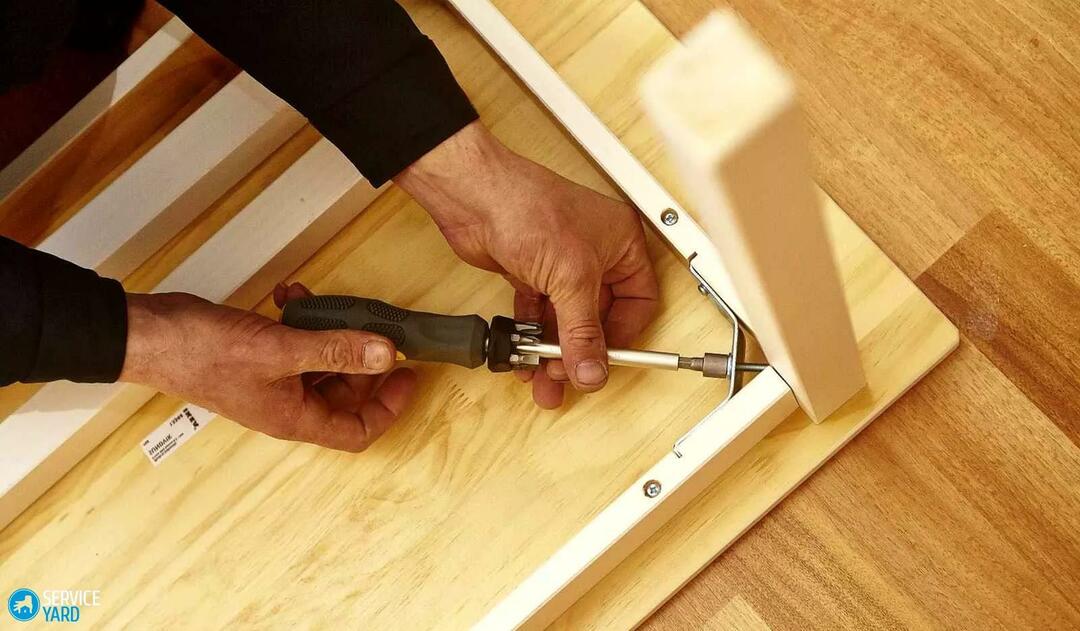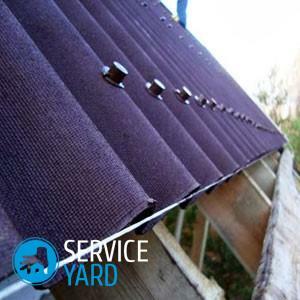
- Select roofing: selection criteria
- Basic classification
- Ondulin or Euroshift
- Traditional slate
- Tile
- Profiled
- Mastic or loading roof
Agree, everyone wants to have a reliable and durable roof over their heads. An important and very capital stage of the construction of the house is the erection of its construction and the coating with appropriate material. In addition to excellent performance, the roof must have an excellent appearance. Let's find out what is better to cover the roof of the house, what are the advantages of this or that coverage.
to the contents ↑Choosing the roof: selection criteria
The definition of the building material for the roof is a very important decision, which should be weighed and considered, because the roof is not a wallpaper, it's just that you can not replace it. Technical parameters play a special role here.
So, what is better to cover the roof? First of all, we will reveal the general characteristics that any roofing material should match:
- The coating should not be exposed to ultraviolet rays.
- It is safe to tolerate critical temperatures: high - on hot days, extremely low - in winter frosts. Also do not react to sudden changes.
- Absolute tightness. In no case should the roof leak.
- High strength.
- Long service life of the coating.
- Uncontrolled influence of external factors: mechanical influences, pollution, humidity, weather phenomena.
- Fire resistance. Of course, we all exclude the occurrence of force majeure situations, but it is better to be calm and confident in the quality of the roof.
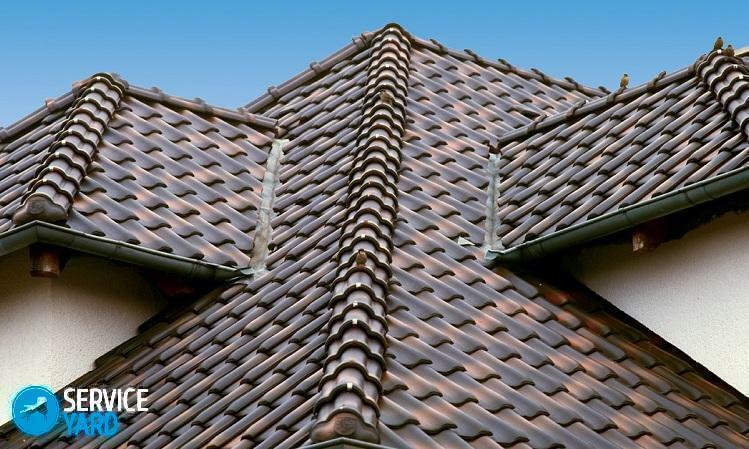
The better to cover the roof of the house, so that the result obtained will please you with its appearance, what properties should be taken into account during the installation process? From this point of view, the selection criteria can be such characteristics:
- The color of the material and its shape.
Important! We advise you to select such a coating, so that the facade and the roof are visually looked harmoniously in the end.
- Roof weight. This factor is extremely important, as the rafter system must withstand the severity of the coating.
- When selecting, take into account the angle of the roof.
- Consider the complexity of the installation work, as well as the possible repair of the coating in the future.
- The price of the material. In the budget, it is necessary to lay the costs of installing the roof, if the work will be performed by specialists.
- The appearance of the roof - should match your taste preferences, and the technical side - the requirements.
Basic classification
In the decision process, the better to cover the roof of the house, you will need a detailed classification of the coatings according to different criteria.
The following roof types are distinguished by the installation method:
- Roll. Such material is referred to the economy class cover.
Important! Optimal application for roofs with an angle of inclination in the range of 0-30 degrees. An example of a roll coating is roofing material. & Lt;
- Sheet. With this material it is convenient and quick to cover the roof of a large area. This form includes: slate, metal, profiled.
- Mastic. This is a separate type of coating made of polymer material.
- Single. The design of the coating consists of a large number of individual elements. Roofing material of this type is distinguished by a presentable appearance and excellent quality. A vivid example is all kinds of shingles.
In addition, the roofing material is classified as follows:
- By type of foundation. Their variety is great, it can be metal, fiberglass, cardboard, asbestos cement.
- By the form of the protective layer. A polymer variant of the coating is distinguished, metallized, mineral, and others.
- According to the texture of the material - coarse or fine-grained roof, scaly, pulverized.
- Depending on the type of binder, there are polymeric and bituminous roofing coatings, as well as a variant combining both substances.
And further, we will more specifically focus on what material it is better to cover the roof of the house. First of all, we are interested in the pros and cons of each type of roof.
to the contents ↑Ondulin or Euroshield
Let's start with a fairly well-known material called ondulin. It is based on compressed cardboard, impregnated with bitumen, which indicates the environmental friendliness of the product.
Important! Will serve this type of coating for up to 50 years.
Pluses:
- Water resistance.
- Does not burn under the influence of ultraviolet.
- Democratic price.
- Light weight.
- Easy and quick installation due to the flexibility of the material and excellent ductility.
- Ondulin is not subject to corrosion, as well as the appearance and spread of fungus, mold, is not afraid of pests.
- Different colors and shades of the material.
- Excellent sound and heat insulation properties of this roof.
Cons:
- Fire hazard. At temperatures above 230 degrees, the coating ignites.
- Does not withstand sudden and severe temperature changes. In addition, under conditions of direct hot rays, the ondulin becomes fusible, and in severe frost it becomes brittle.
- Low strength. Over time, the surface is cracked, like any coating from bitumen.
- Noise. In the rain, and even with hail, the buzz will be heard in the house.
Important! It does not apply to roofs with a large slope.
to content ↑Traditional slate
This material is familiar to all. Gray wavy slate sheets, probably everyone saw. And if there is a question, than it is better to cover a roof it is impossible to pass by this variant.
Important! Slate life is not more than 40 years.
Large sheets of this material have a wavy surface. Produce slate from the asbestos-cement solution.
Pluses:
- Fire safety. The material itself does not burn, but it bursts during a fire.
- Long service life.
- Not susceptible to mechanical influence.
- Durable and solid. Slate is able to withstand the weight of an adult, as well as accumulated layers of snow over the winter.
- Do not be afraid of the roof temperature changes.
- Waterproof.
- The house does not hear noise from the rain.
- Easy installation. The main thing is that the process should be done carefully. In addition to simple installation, slate coating is subject to local repair if necessary. It is easier to replace one sheet than the entire surface of the roof.
- Modern slate can be painted in any color. This improves its appearance, increases the durability of the material.
- Low price.
Cons:
- Increased brittleness. Sheets may crack during transport or processing.
- After a certain period of time, the edges begin to crumble.
- Sheets that are located in the shaded part of the roof can be covered with moss or lichen.
Important! Before buying, carefully inspect and evaluate the condition of the sheets. On their surface should not be dents, cracks. The edge of the slate should not have bundles, but must be perfectly even.
to content ↑Tiles
Also quite popular building material for roof finishing. It is important to know that the shingles are of several kinds. What material is better to cover the roof of the house, based on the type of material?
Flexible roofing or bituminous shingles
Such a roof meets all technical requirements, it has ample opportunities in terms of choice of shades and forms of coating. It is soft shingles that allows creating incredible and sometimes fabulous roofs of houses.
This coating is made in the form of various forms of glass wool with bitumen applied on it, on top of which a decorative layer of mineral crumb, stone powder or granulate from basalt is applied.
Pros:
- Simple and convenient installation. Such a roof can be laid independently, which will allow you to save tangible funds.
- Excellent soundproofing, which will save you from the sound of rain on the roof.
- Water resistance.
- The tile is not afraid of solar ultraviolet.
- Withstands quite a significant load.
- High degree of wear resistance.
- Environmentally friendly and hygienic material. On the tile is not formed mold, moss.
- Thermal insulation.
Important! Bitumen shingles are very efficiently placed on a roof, under which a living room is immediately located.
- A small weight of the elements, the permissible mass of the coating as a whole.
- Durability of soft roofing. It will last you at least 20 years.
- Shock resistance Neither hail, nor stones, nor heavy branches can damage the coating.
Cons:
- This tile is not used on roofs, the slope of which is less than 12 degrees.
- Notable price.
- Permanent care. A dry roof requires regular cleaning of leaves, branches and other debris from the roof.
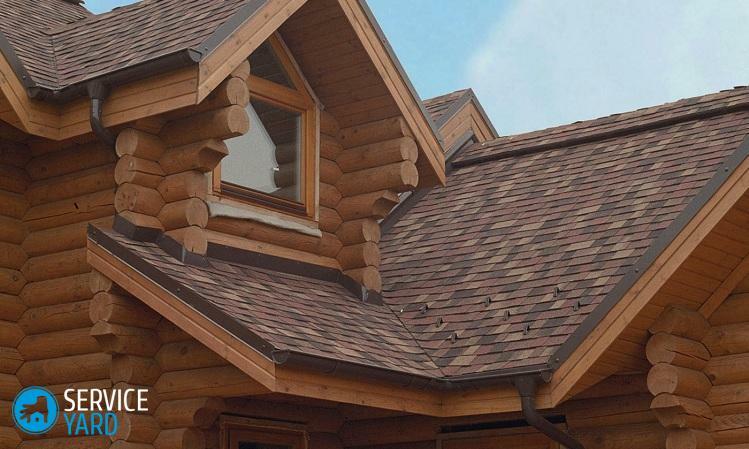
Natural shingles
The better to cover the roof, as not natural and time-tested material. This type of roofing has been used for a long time, and modern technologies have only improved its performance.
Important! The basis of the ceramic coating is clay, so the material is environmentally friendly and safe. Advantages:
Important! At present, the roof of natural tiles is a very prestigious roof.
- Sound and heat insulation.
- Absence of electrical conductivity.
- Flameproof material.
Cons:
- High price. Therefore, this material is used to equip the roofs of expensive cottages and houses.
- Difficult to install. Tiles are a piece of roofing, and unlike roll or sheet species, it takes more time to lay.
- Large mass. The tangible weight of the tile imposes the corresponding requirements on the bearing structures of the roof.
- Friability due to significant mechanical stress.
Important! Another type of natural tile is the material on a cement-sandy basis. The properties of this coating are very similar to ceramics, but because of the brittleness in the process of delivery, as well as the sun burn, the price of such a roof is much lower.
Metal tile
Asking a hard choice, the better to cover the roof of the house, pay attention to this option.
Important! Manufacture of metal tiles made of galvanized steel, which is necessarily covered with an anti-corrosion agent.
Manufacturers make out sheets under the form of shingles.
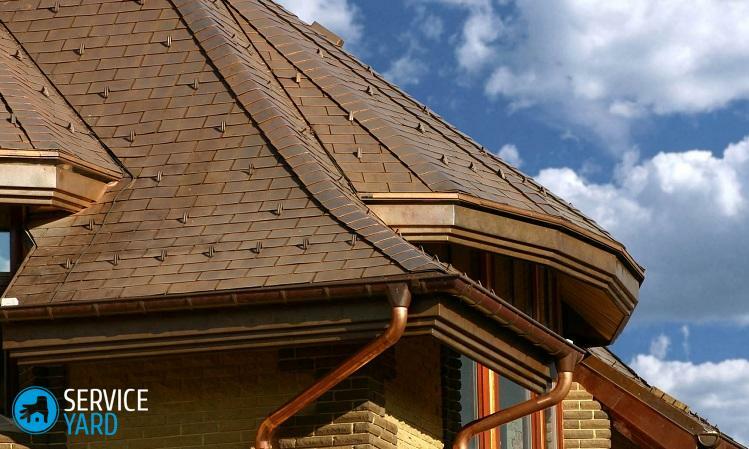
Pluses:
- The installation of the sheet material is simple and convenient.
- Moisture resistance.
- Decent service life of about 50 years.
- Not afraid of sunlight, does not burn.
- Slight weight, which does not require additional reinforcement of load-bearing structures.
- External aesthetics. From afar, the roof of your house will look like natural shingles.
- Affordable price.
- Wide range of colors.
- Increased strength to mechanical and weathering effects.
Cons
The disadvantages of such a roof are due, first of all, to the material itself, that is.metal. Therefore, they are as follows:
- Notable noise level. A knock of rain on such a roof you will hear clearly.
- Metals easily conduct heat, so thermal insulation is required.
- Corrosion may occur if the coating is damaged.
- Sensible material consumption during installation.
- Not suitable for houses with a flat roof or a small slope.
Profiled
In the process of choosing which material is better to cover the roof of the house, many people stop on this method. To some extent, corrugated board is comparable to metal. They are united by:
- Base - galvanized steel.
- Same mounting technology.
- Operating Conditions for
Important! The difference of the corrugated board is in wider sheets, as well as in the variety of the profile: U-shaped, trapezoidal, rounded.
Pros:
- Simple installation.
- Light weight.
- Strength and durability.
- Low cost.
- Assortment of colors.
- Pleasant appearance.
The disadvantages are:
- Sailing. What does it mean? Strong wind or a hurricane can rip off the corrugated roof.
- Additional steam and heat insulation is required.
- As in the case of metal, excellent sound transmission and noticeable noise during the rain.
- Control over damage to the surface of the sheets, as even minor scratches will lead to corrosion of the material.
Mastic or loading roof
A modern way of finishing the roof covering is a loading roof. The essence of the technology is as follows:
- A polymer film is applied to a concrete or wooden substrate.
- After hardening, a strong coating with a monolithic structure is formed.
Pros of
The positive aspects of this roofing material are:
- Monolithic coating. In this case there are no joints and seams on the roof surface, which directly increases its tightness.
- Ability to withstand temperature changes in the range from -40 to +100 degrees Celsius.
- Unsupervised by ultraviolet radiation.
- Light weight coating.
- Longevity. The service life will be not less than 15 years, and a high-quality coating with proper operation
- Does not decay and can not be corroded.
Disadvantages:
- High price.
- Not applicable for roofs with an inclination angle of more than 25 degrees.
- Installation is best done by using the services of specialists.
With information on the types of roofing material, their advantages and disadvantages, it will be easier for you to decide how best to cover the roof of the house. The rich choice allows to realize any design plans for the roofing, the main thing is that it should be of high quality and long service.

